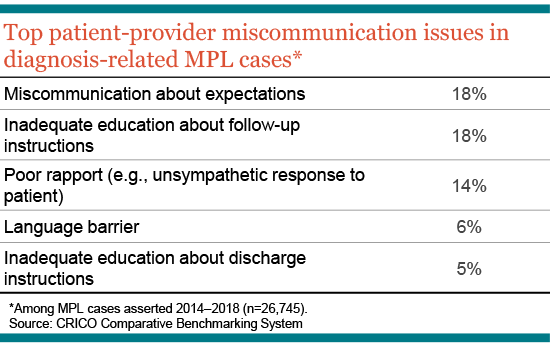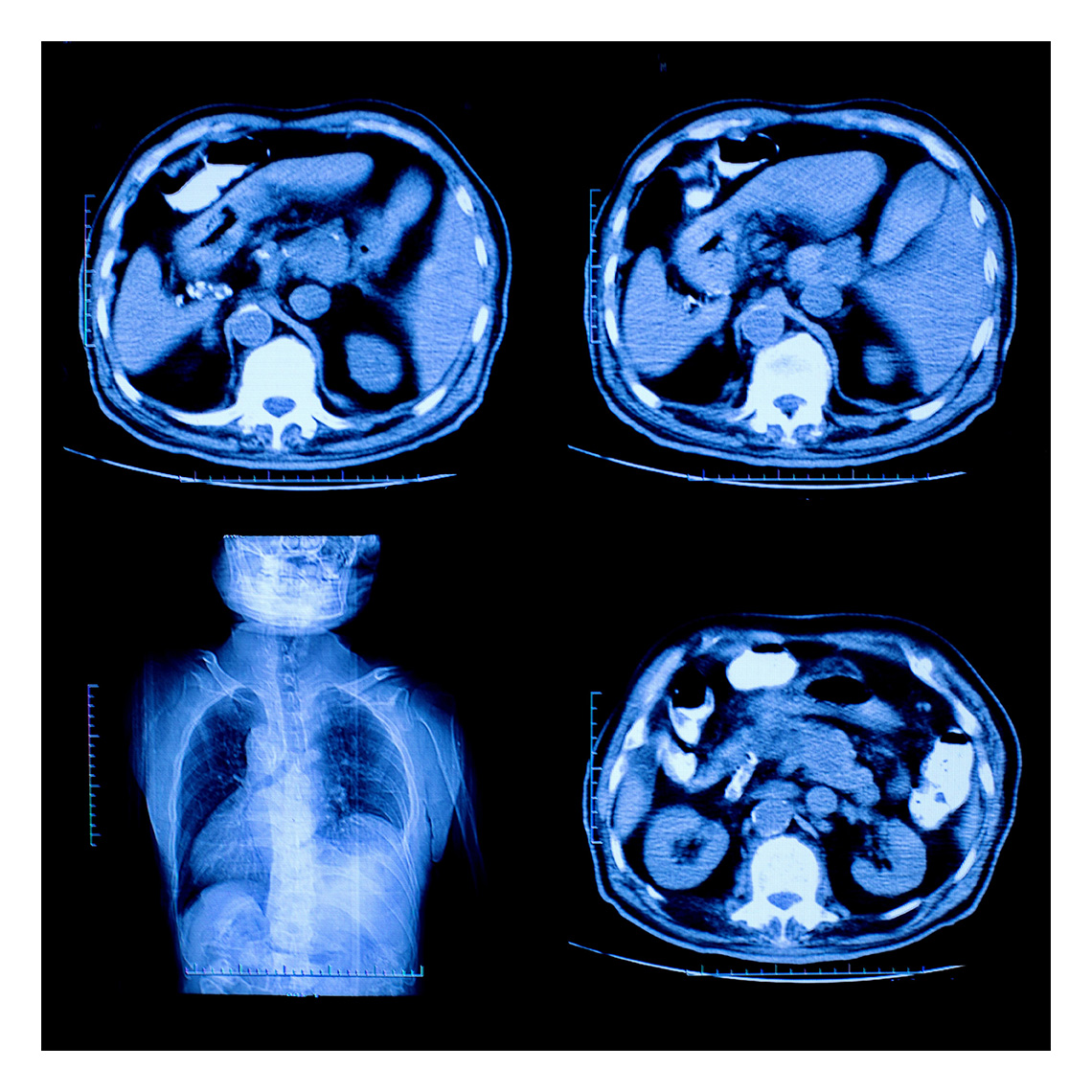Newsletter
Risks Associated with the Most Common “Procedure” Clinicians Employ
Nov 30, 2020
According to the Institute for Healthcare Communication, the patient interview (or medical interview) is far and away the most common “procedure” that a clinician will employ: up to 150,000 over the full course of their career. It is not a reach to say that the conversations with their patients are a provider’s premium diagnostic tool. Given that breakdowns in the diagnostic process are common triggers for allegations of medical malpractice, the importance of the patient interview becomes even more accentuated.
Miscommunication between health care providers and patients (and family members) is a factor across all categories of medical professional liability (MPL) cases. Based on data in CRICO’s national Comparative Benchmarking System (CBS), 23 percent of all MPL cases, and 16 percent of cases alleging a missed or delayed diagnosis, cite inadequate patient-provider communication. This includes issues of provider-patient rapport, misaligned expectations, and education/instructions about subsequent treatment and post-treatment periods.

Of course, clinicians are challenged by limited time, note-taking, interruptions, and other non-clinical factors that impede a conversation that satisfies the needs of both parties. When a suboptimal exchange leaves critical clinical issues unresolved, however, patients and providers are at risk. If you feel a disquieting sensation that your patient didn’t “hear” what you were trying to convey—or vice versa—then ignoring that signal may take you or your patient down the wrong diagnostic or treatment path. Perhaps the most important patient safety tip is to heed indicators of serious unmet needs or confusion and consider such a clinician-patient interchange incomplete until those issues are resolved and you again have peace of mind.
Additional Materials
- Does My Patient Understand Why I Ordered this Test?
- Can Your Patient Understand Your Instructions?
- Malpractice Risks of Health Care Communication Failures
- What Patients Say, What Doctors Hear
- Word to the Wise: Misuse of Language in Clinical Communication Causes Harm
Latest News from CRICO
Utilization of Electronic Health Record Sex and Gender Demographic Fields: A Metadata and Mixed Methods Analysis


The Safety of Outpatient Health Care

